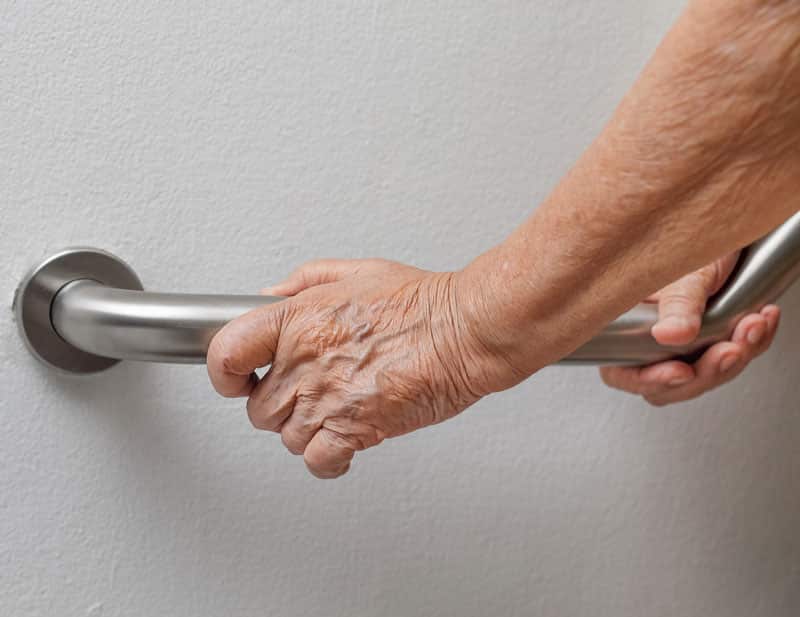When the goal is to age in the comfort of your own home, there are certain essential home modifications for the elderly living at home, all of which are meant to provide a safer, more comfortable place for seniors to enjoy their own space independently and securely.
Modifying homes to make them safer and more accessible allows the elderly to stay in a place they know and love while they age. Therefore, providing a greater quality of life in their senior years, experiencing a greater emotional well being, and lowering the costs that assisted living would provide.
In this article we have put together a series of essential modifications meant to provide you, or your elderly loved one, with the comfort of a home that is accessible at all moments of life.
Home modifications for seniors
Older people are often in particular need of home modifications, which are installed in order to adapt their living space so that they can enjoy it safely, better perform everyday tasks, and live independently despite their physical limitations.
Assessing the home to determine what changes will be necessary is the first step when looking to install home modifications for the elderly. Once the areas of improvement have been located, there are certain things that can be changed to make the home a safer place.

Widen doorways
For seniors relying on mobility aids, such as walkers or wheelchairs, regular doorways can be way too small, so widening them is a must for them to navigate freely around the home.
Install ramps and/or stairlifts
Stairs are a major challenge for anyone facing limited mobility, therefore ramps and/or stairlifts become a necessary home modification for the elderly in order to provide safe access to every area of the house.
A stairlift is a great and safe device for homes with two floors, while indoor and outdoor ramps provide security to those using wheelchairs or scooters. Indoor threshold ramps offer a smooth transition from one surface to another and because they’re made of rubber they can be easily adjusted to accommodate any door.
Kitchen modifications
As a person ages, they may encounter that their countertops and cabinets are now too high, especially for those using a wheelchair. Lowering the counter height and sink provides easier access to those in a seated position.
There are also several home modifications for seniors in the kitchen that do not require a contractor but rather a new arrangement of appliances in order for them to become more accessible.
Bathroom modifications
Bathrooms are one of the areas of the home that require modifications the most for seniors in order to allow them to continue enjoying their privacy and independency. A bathtub, for example, can be replaced with a walk-in shower to provide safer exit and entry.
If the option to replace the bathtub is too expensive or complicated, grab bars and safety strips can be installed in order to reduce the risk of falling and slipping, while a bathtub transfer bench or bathtub chair enables the user to sit safely in the tub.
Flooring modifications
A shaggy old carpet can become a tripping hazard for seniors. Replacing an old one with a new carpet that has a shorter nap is more comfortable for someone using a wheelchair or walker.
Hardwood, tile, laminate and vinyl floors allow for easier wheelchair maneuvering but can sometimes be more slippery than a carpeted floor. If throw rugs are present, they need to either be removed or taped down to prevent tripping.

 p-t0">
p-t0">